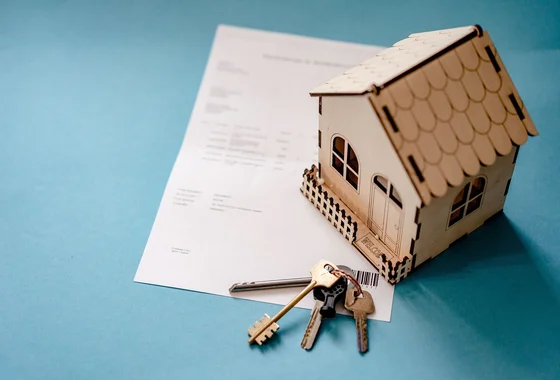
Understanding the Mortgage Approval Process

The mortgage approval process can be a complex and intimidating part of buying a home. However, with a clear understanding of the steps involved, it becomes much more manageable. Let's break down the process to help you navigate it successfully:
1. Prequalification vs. Preapproval:
Before house hunting, consider getting prequalified or preapproved for a mortgage. Prequalification provides an estimate of the loan amount you might qualify for, while preapproval involves a more thorough review of your financial history, giving you a concrete loan offer.
2. Choose the Right Lender:
Select a reputable lender who offers favorable terms and rates. Research various lenders and consider seeking recommendations from friends, family, or real estate agents.
3. Gather Financial Documents:
Lenders require documentation to assess your financial stability. Common documents include pay stubs, tax returns, bank statements, and employment verification.
4. Credit Check:
Lenders will perform a credit check to evaluate your creditworthiness. A higher credit score can lead to better loan terms and lower interest rates.
5. Down Payment:
Determine your down payment amount. While there are low down payment options, a larger down payment can lead to more favorable loan terms and reduced monthly payments.
6. Loan Application:
Complete the mortgage application, providing accurate and detailed information about your finances, employment, and the property you intend to purchase.
7. Appraisal and Inspection:
The lender may require an appraisal to determine the property's value, ensuring it aligns with the loan amount. Additionally, consider getting a home inspection to uncover potential issues.
8. Underwriting:
The underwriter evaluates your application, assessing your risk as a borrower. They may request additional documentation or clarification during this stage.
9. Conditional Approval:
If everything checks out, you'll receive conditional approval, contingent on satisfying specific conditions, such as providing additional documents or explanations.
10. Final Approval:
Once all conditions are met, you'll receive final approval for the mortgage. The lender will issue a commitment letter outlining the terms and conditions of the loan.
11. Closing:
The final step is the closing process. You'll sign the loan documents, pay closing costs, and officially become a homeowner.
12. Post-Closing:
After closing, your mortgage payments begin. Be sure to understand your repayment schedule and make payments on time to maintain good standing.
13. Ongoing Communication:
Maintain open communication with your lender throughout the process to address any questions or concerns promptly.
Understanding the mortgage approval process is essential for a successful home purchase. Each step plays a crucial role in securing the right mortgage for your needs. By being prepared, gathering the necessary documentation, and working closely with your lender, you can navigate this process with confidence and achieve your dream of homeownership.









